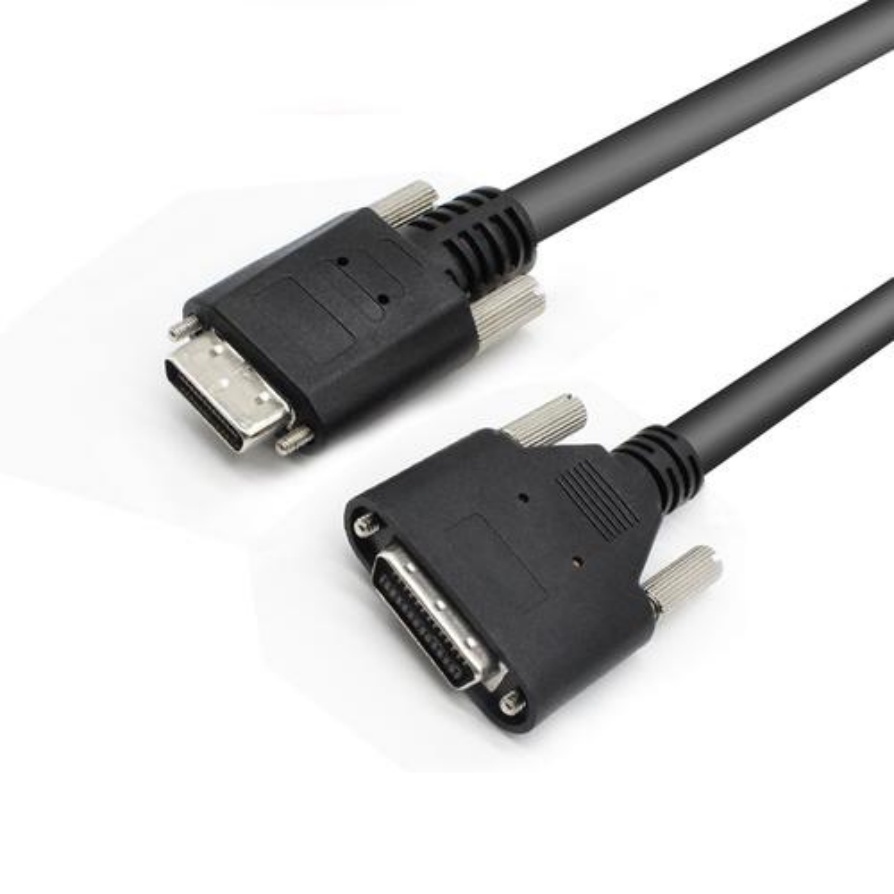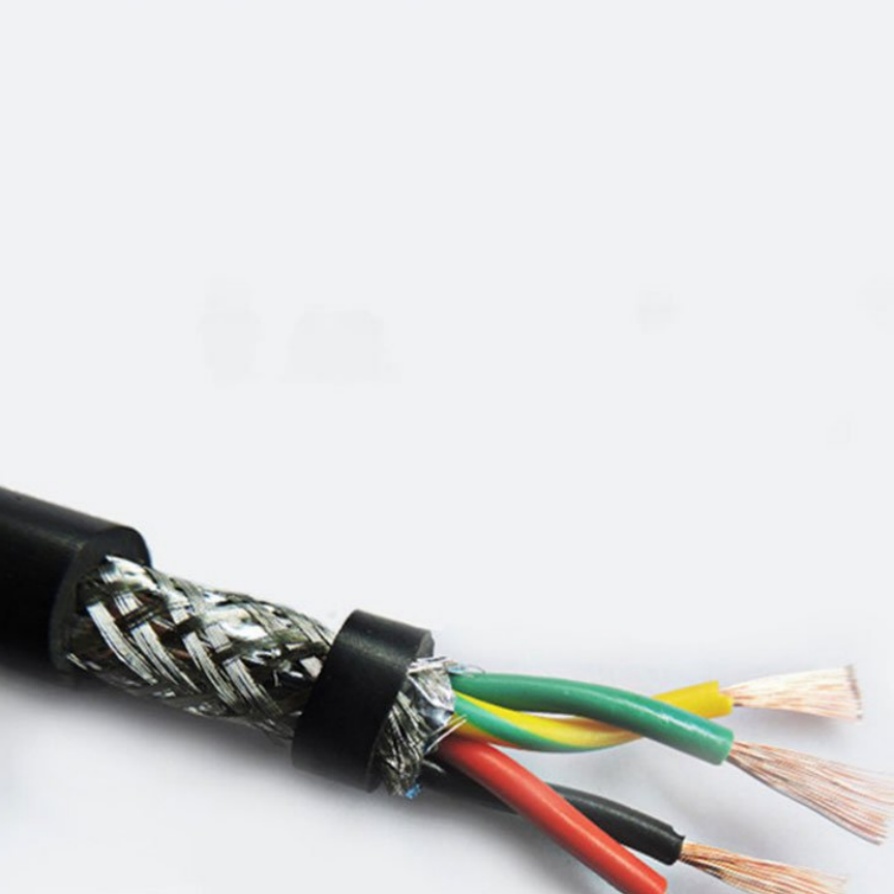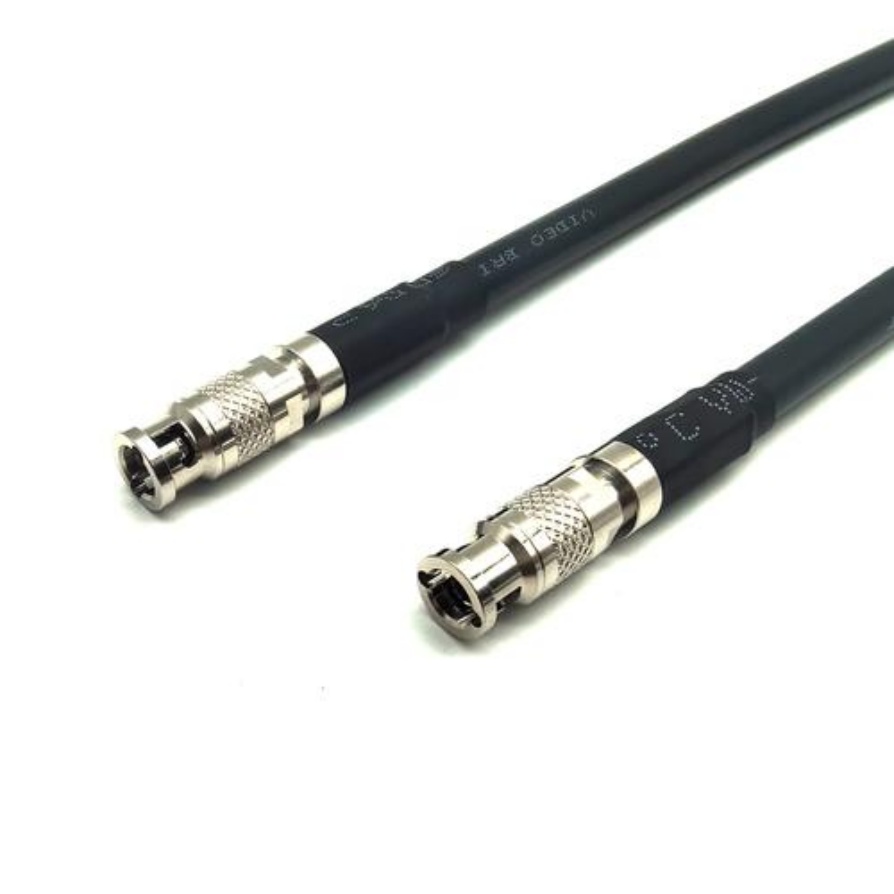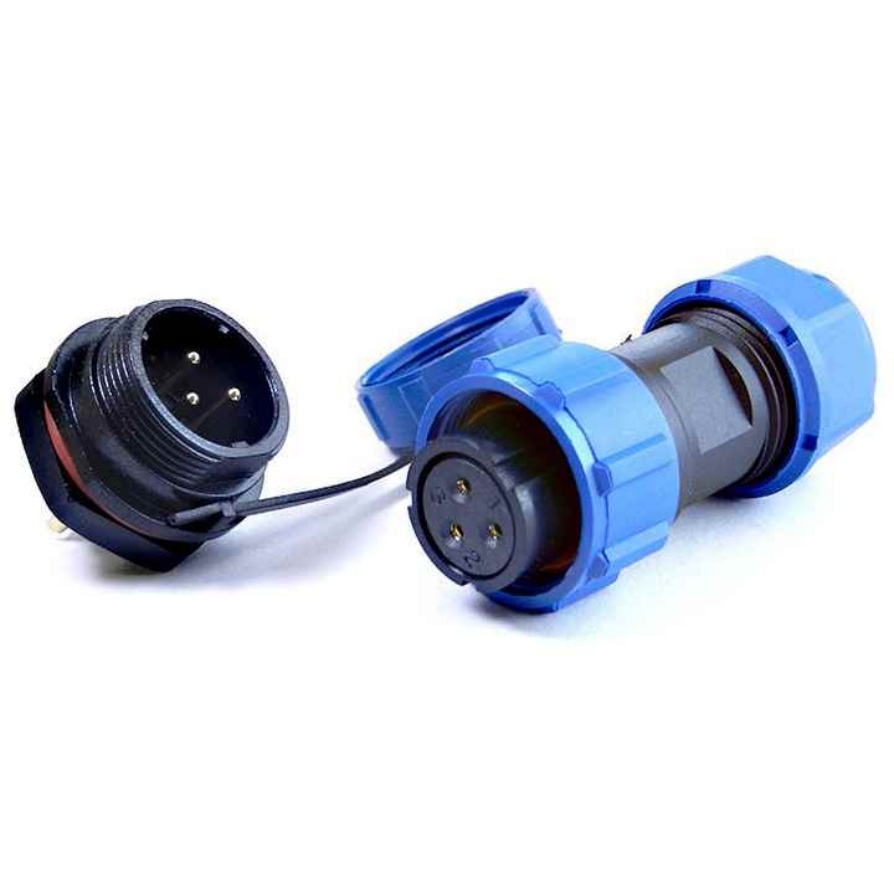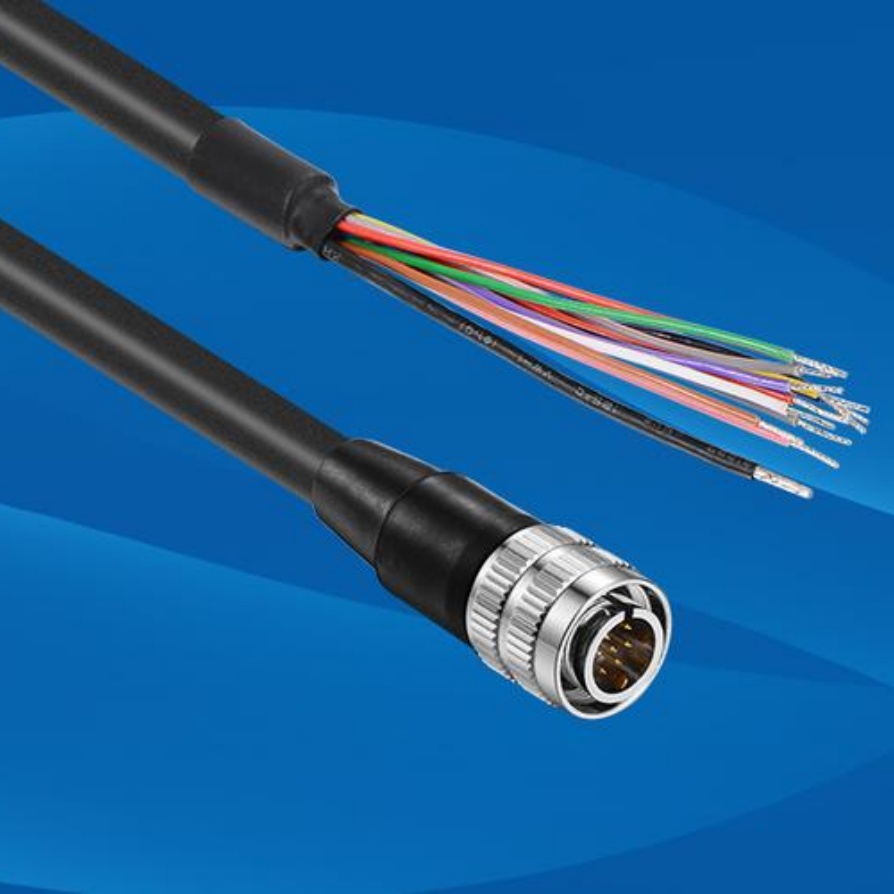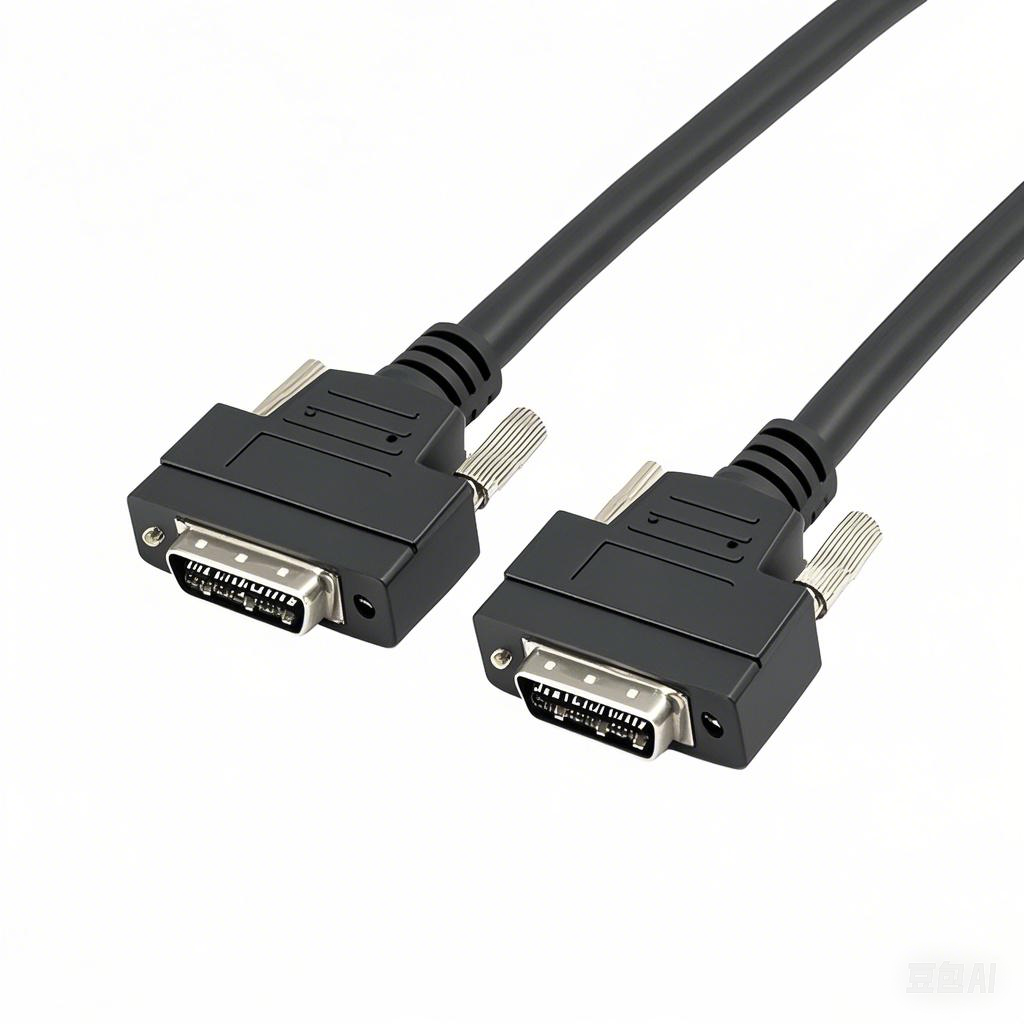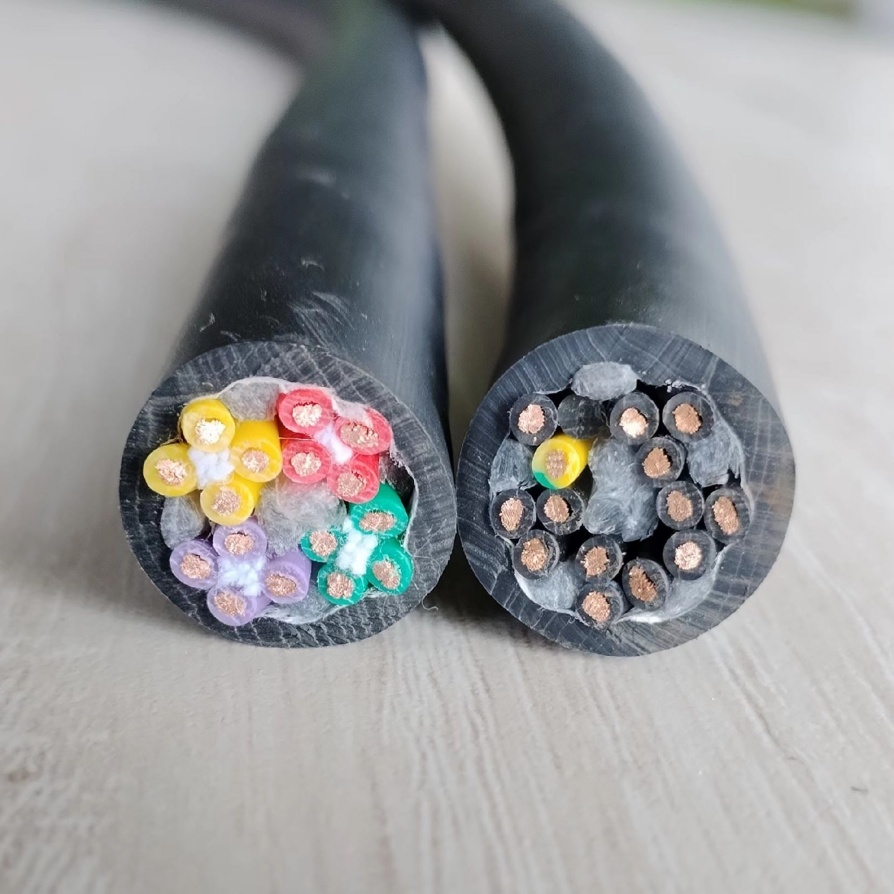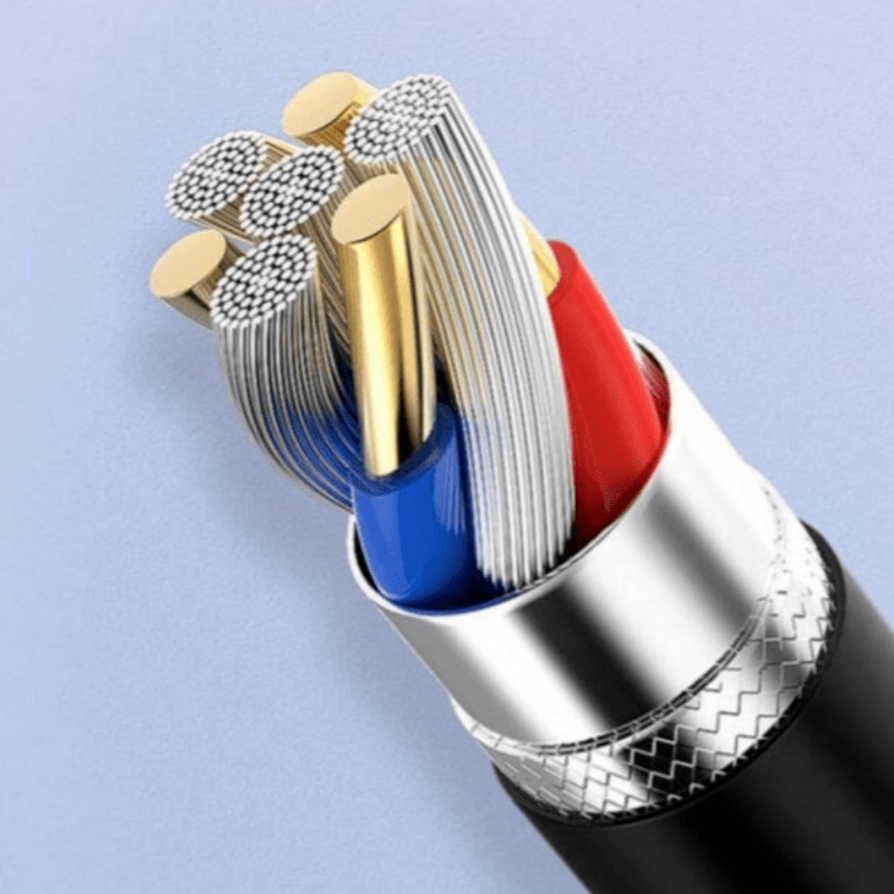How to check the integrity of machine cable insulation
Machine cable insulation is a critical component in ensuring the safe and efficient operation of industrial machinery. It acts as a protective barrier that prevents electrical leakage, short circuits, and potential hazards such as electric shocks or equipment fires. Over time, machine cable insulation can degrade due to various factors including mechanical wear, thermal stress, chemical exposure, moisture infiltration, and aging. Therefore, regular checks on the integrity of machine cable insulation are essential to maintain operational reliability, minimize downtime, and uphold workplace safety standards. In this comprehensive guide, we will explore the key methods and best practices for checking the integrity of machine cable insulation, providing you with actionable steps to ensure your industrial machinery remains in optimal condition.
1. Visual Inspection: The First Line of Defense
Visual inspection is the most basic yet fundamental step in assessing the integrity of machine cable insulation. It involves a thorough examination of the cable’s external surface and visible components to identify any obvious signs of damage or degradation. This method requires no specialized equipment other than good lighting and possibly a magnifying glass for detailed checks. Here’s how to perform a effective visual inspection:
- Check for Physical Damage: Look for cracks, cuts, abrasions, or tears in the insulation jacket. These can occur due to friction with machinery parts, accidental impact, or improper handling during installation or maintenance. Even small cracks can lead to moisture penetration or electrical leakage over time.
- Inspect for Discoloration or Burning: Discoloration, especially yellowing, darkening, or charring, is a sign of thermal degradation. This may result from overheating due to excessive current, poor ventilation, or proximity to high-temperature components. Burn marks or a burnt odor indicate a more severe issue that requires immediate attention.
- Look for Swelling or Bulging: Swelling or bulging of the insulation can be caused by moisture absorption, chemical exposure, or internal arcing. Moisture can react with the insulation material, leading to hydrolysis and a loss of dielectric strength. Chemicals such as oils, solvents, or corrosive substances can degrade the insulation’s molecular structure, causing it to swell and weaken.
- Examine Connectors and Terminations: Pay close attention to the areas where cables connect to terminals, connectors, or junction boxes. Loose connections can cause arcing and overheating, leading to insulation damage around the connection point. Look for signs of corrosion, rust, or melted insulation at these junctions.
- Check for Rodent or Pest Damage: In industrial environments, rodents or other pests may chew through machine cable insulation, creating exposed conductors. Look for bite marks, gnawing damage, or debris such as droppings near the cables.
After completing the visual inspection, document any observed issues, no matter how minor they may seem. Small defects can escalate into major problems if left unaddressed, so prompt action is crucial.
2. Insulation Resistance Testing: Measuring Dielectric Strength
Insulation resistance testing is a quantitative method used to measure the resistance of machine cable insulation to electrical current flow. This test helps determine the dielectric strength of the insulation, which is its ability to withstand electrical stress without leaking current. A decline in insulation resistance indicates degradation, moisture absorption, or contamination. The primary tool used for this test is a megohmmeter (also known as a megger), which applies a high DC voltage to the cable and measures the resulting leakage current.
Steps to Perform Insulation Resistance Testing:
- Prepare the Equipment: Ensure the machine is powered off and disconnected from all electrical sources. Lockout/tagout (LOTO) procedures should be followed to prevent accidental energization during the test. Disconnect the cable from its terminals and clean the cable ends to remove any dirt, oil, or corrosion that could affect the test results.
- Set Up the Megohmmeter: Select the appropriate test voltage based on the cable’s rated voltage. Common test voltages for machine cables range from 250V to 5000V. Refer to the cable manufacturer’s specifications or relevant industry standards (such as IEC 60502 or NEC) for the correct voltage setting.
- Connect the Megohmmeter: Connect the positive lead of the megohmmeter to the conductor of the cable being tested. Connect the negative lead to the cable’s insulation jacket or to a ground reference, such as the machine’s frame. Ensure the connections are secure and make good contact.
- Perform the Test: Apply the test voltage and allow the megohmmeter to stabilize for the recommended time (typically 1 to 10 minutes, depending on the cable type and length). Record the insulation resistance reading displayed on the megohmmeter.
- Interpret the Results: Compare the measured insulation resistance to the minimum acceptable values specified by the manufacturer or industry standards. As a general guideline, insulation resistance should be at least 1 megohm (MΩ) per 1000 volts of rated voltage. However, lower values may be acceptable for older cables, but a significant drop in resistance from previous test results indicates insulation degradation. For example, if a cable previously measured 100 MΩ and now measures 5 MΩ, it may be time to replace the cable.
It’s important to note that insulation resistance can be affected by temperature and humidity. Therefore, tests should be performed under consistent environmental conditions, and results should be corrected for temperature if necessary. Most megohmmeters have built-in temperature compensation features to simplify this process.
3. Partial Discharge Testing: Detecting Hidden Defects
Partial discharge (PD) testing is an advanced method used to detect localized electrical discharges within machine cable insulation. These discharges occur in small voids, cracks, or impurities in the insulation material and are often a precursor to complete insulation failure. Unlike insulation resistance testing, which measures overall resistance, PD testing can identify hidden defects that may not yet affect the cable’s overall resistance but pose a significant risk of future failure.
Partial discharges emit electromagnetic radiation, acoustic signals, and chemical byproducts. PD testing equipment detects these signals using various techniques, including:
- Electromagnetic Coupling: Using sensors such as current transformers or high-frequency antennas to detect the electromagnetic pulses generated by partial discharges.
- Acoustic Detection: Using ultrasonic sensors to pick up the sound waves produced by PD activity. This method is particularly useful for locating the exact position of the discharge.
- Chemical Analysis: Testing for chemical byproducts (such as ozone or carbon dioxide) that are released during partial discharges. This method is less common for on-site testing but can be useful in laboratory settings.
Benefits of Partial Discharge Testing:
PD testing can detect insulation defects at an early stage, allowing for proactive maintenance and replacement before a catastrophic failure occurs. It is especially valuable for high-voltage machine cables, where the consequences of insulation failure can be severe. Additionally, PD testing can be performed while the cable is energized (online testing) or de-energized (offline testing), providing flexibility in maintenance scheduling.
4. Dielectric Withstand Voltage Testing (Hi-Pot Testing): Evaluating Maximum Voltage Capacity
Dielectric withstand voltage testing, commonly known as hi-pot testing, is a rigorous method used to evaluate the ability of machine cable insulation to withstand a specified high voltage without breakdown. This test is designed to simulate the maximum voltage stress the cable may encounter during normal operation or fault conditions. Unlike insulation resistance testing, which measures leakage current at a given voltage, hi-pot testing determines the voltage at which the insulation fails.
Types of Hi-Pot Tests:
- AC Hi-Pot Test: Applies an alternating current (AC) voltage to the cable for a specified duration (typically 1 to 5 minutes). This test is more representative of normal operating conditions for AC-powered machinery.
- DC Hi-Pot Test: Applies a direct current (DC) voltage, which is often used for cables that operate at DC voltages or for troubleshooting purposes. DC hi-pot testing is generally less stressful on the insulation than AC testing.
Steps to Perform Hi-Pot Testing:
- Prepare the Cable: Disconnect the cable from all power sources and equipment. Ensure the cable is clean and dry. Isolate the conductor from ground and other conductors.
- Set Up the Hi-Pot Tester: Select the appropriate test voltage and duration based on the cable’s rated voltage and industry standards. For example, IEC 60502 specifies hi-pot test voltages for power cables.
- Connect the Tester: Connect the high-voltage lead of the tester to the cable conductor and the ground lead to the cable’s insulation or a ground reference.
- Apply the Voltage Gradually: Increase the test voltage slowly to the specified level to avoid shocking the insulation. Maintain the voltage for the required duration.
- Monitor for Breakdown: During the test, monitor the tester for any signs of insulation breakdown, such as a sudden drop in voltage, an increase in leakage current, or arcing. If breakdown occurs, the cable insulation is deemed faulty and should be replaced.
Hi-pot testing is a destructive test in the sense that if the insulation fails during the test, the cable is no longer usable. Therefore, it is typically performed on new cables before installation or on existing cables only when there is a strong suspicion of insulation degradation.
5. Thermal Imaging Inspection: Identifying Overheating Areas
Thermal imaging inspection uses infrared (IR) cameras to detect and visualize temperature variations on the surface of machine cable insulation. Overheating in cable insulation is often a sign of underlying issues such as high resistance connections, partial discharges, or insulation degradation. Thermal imaging can identify these hotspots before they lead to complete insulation failure, making it a valuable predictive maintenance tool.
How to Perform Thermal Imaging Inspection:
- Prepare the Equipment: Ensure the IR camera is calibrated and set to the appropriate temperature range. The camera should have a resolution high enough to detect small temperature differences (typically 0.1°C or better).
- Operate the Machinery: Run the machine at normal operating load and temperature for a sufficient period to allow any hotspots to develop. This may take 30 minutes to several hours, depending on the machinery.
- Scan the Cables: Use the IR camera to scan the entire length of the machine cables, paying particular attention to connectors, terminations, and areas where cables are routed near heat sources. Capture thermal images of any areas with abnormal temperature readings.
- Analyze the Images: Compare the thermal images to the machine’s normal operating temperature profile. A hotspot is typically defined as a temperature that is 10°C or more higher than the surrounding area. Investigate the cause of any hotspots, which may include loose connections, damaged insulation, or overloaded cables.
Thermal imaging is non-invasive and can be performed while the machinery is in operation, minimizing downtime. It is particularly effective for detecting issues in complex cable systems where visual inspection may be difficult.
6. Moisture Testing: Assessing Water Intrusion
Moisture is one of the most damaging factors for machine cable insulation. It can penetrate the insulation through cracks, damaged jackets, or faulty terminations, leading to hydrolysis, reduced dielectric strength, and corrosion of conductors. Moisture testing is therefore essential for cables used in humid, wet, or outdoor environments.
Common Moisture Testing Methods:
- Karl Fischer Titration: This is a laboratory method used to measure the moisture content of insulation material samples. A small sample of the insulation is taken and dissolved in a solvent, and the moisture content is determined by chemical titration. While accurate, this method is destructive and not suitable for on-site testing.
- Capacitance Measurement: Moisture increases the capacitance of cable insulation. By measuring the capacitance of the cable and comparing it to the manufacturer’s specifications or previous measurements, you can detect moisture intrusion. This method is non-destructive and can be performed on-site using a capacitance tester.
- Infrared Moisture Meters: These devices use infrared radiation to measure the moisture content of the insulation surface. They are portable and easy to use but only provide surface moisture readings, not the moisture content within the insulation.
Conclusion: The Importance of Regular Insulation Checks
Maintaining the integrity of machine cable insulation is vital for the safe and efficient operation of industrial machinery. By implementing a regular inspection and testing program that includes visual inspection, insulation resistance testing, partial discharge testing, hi-pot testing, thermal imaging, and moisture testing, you can detect potential issues early, prevent unexpected downtime, and ensure workplace safety. Each testing method has its own strengths and limitations, so a combination of methods is often the most effective approach.
When it comes to sourcing high-quality machine cables with reliable insulation, FRS Company stands out as a trusted partner. With years of experience in manufacturing industrial cables, FRS is committed to producing machine cables with superior insulation that meets the highest industry standards. Our cables are designed to withstand harsh industrial environments, including mechanical stress, thermal extremes, chemical exposure, and moisture, ensuring long-term insulation integrity and operational reliability.
At FRS, we use advanced materials and state-of-the-art manufacturing processes to create machine cable insulation that delivers exceptional dielectric strength, resistance to degradation, and durability. Each cable undergoes rigorous quality control testing, including insulation resistance testing, hi-pot testing, and partial discharge testing, to ensure it meets or exceeds customer expectations. Whether you need cables for heavy machinery, automation systems, or high-voltage applications, FRS has the expertise and products to meet your specific requirements.
Choose FRS for your machine cable needs and experience the peace of mind that comes with using cables you can trust. Our dedicated team of professionals is ready to provide you with personalized solutions and technical support to help you maintain the integrity of your machine cable insulation and keep your operations running smoothly.



